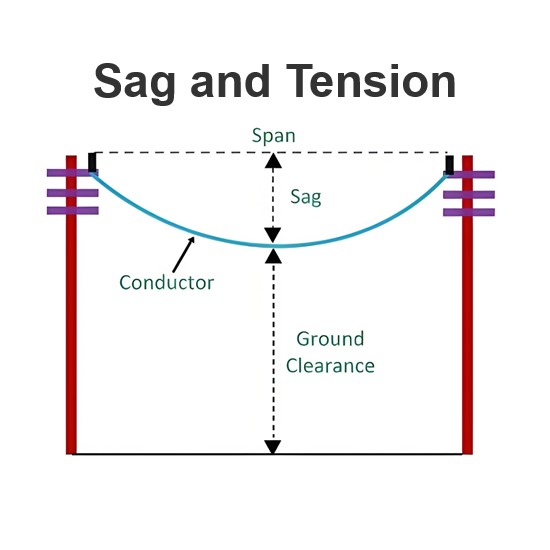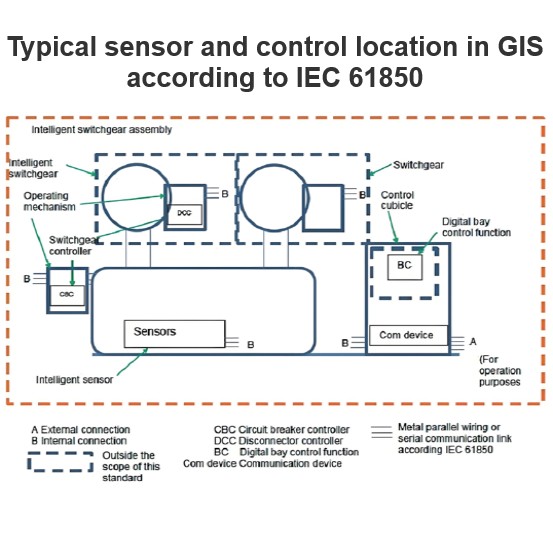What is Stranded Wire?
A stranded wire consists of multiple thin strands of conductors bundled together, often with each pair of strands twisted and insulated. These wires come in various sizes tailored to specific applications.
In the UK, common wire sizes are denoted in formats such as 3/0.029″, 7/0.036″, and 7/0.042″. Here, the first digit (e.g., 3 or 7) indicates the number of individual stranded conductors, while the second part (e.g., 0.029″, 0.042″) specifies the cross - sectional area of each conductor. For instance, 0.036″ means the cross - sectional area is 0.036 square inches. In the US, a size like 7/32 is used, where the number 7 represents the quantity of strands, and 32 refers to the American Wire Gauge (AWG) size of each conductor.
Compared to solid wires, stranded wires offer superior flexibility. This makes them the preferred choice for electricians in scenarios where wires need to be bent, twisted, or routed through narrow spaces such as pipes and conduits within walls. Additionally, stranded wires enhance electrical safety. When current flows through the conductor, heat is generated. Thanks to the air gaps between the individual strands, this heat can be efficiently dissipated, reducing the risk of overheating and potential electrical hazards.
Stranded Wire Applications and Characteristics
Stranded wire is highly suitable for applications involving repetitive motion, such as in door opening and closing mechanisms. It is also an ideal choice for short - distance connections and can be easily incorporated into patch cords.
In power transmission and distribution lines, stranded wire is often preferred over solid wire. This is because it helps mitigate the skin effect, a phenomenon where alternating current (AC) tends to flow primarily on the outer surface of the conductor rather than throughout its entire cross - section. The unique structure of stranded wire makes it an effective solution for reducing the impact of the skin effect.
However, stranded wire does come with some drawbacks. It is generally more expensive than solid wire. Additionally, it is more prone to corrosion, especially in humid environments or outdoor applications. Furthermore, due to the air gaps between the individual strands, the ampacity (current - carrying capacity) of stranded wire is lower compared to solid wire of the same size.
Advantages of Stranded Wire
- Enhanced Flexibility: It offers superior flexibility, allowing for easy routing and bending. This characteristic also gives it a longer flex life in applications involving movement.
- Efficient Heat Dissipation: Stranded wire generates less heat during current flow, ensuring safer electrical operation.
- Convenient Termination and Connection: It is well - suited for crimp termination and patch cord connections.
- Reduced Skin Effect: In long - distance, high - voltage power transmission, stranded wire effectively minimizes the skin effect.
Disadvantages of Stranded Wire
- Corrosion Susceptibility: There is a high risk of corrosion, particularly in outdoor settings.
- Lower Current Capacity: Compared to solid conductors of the same size, stranded wire has a reduced current - carrying capacity.
- Higher Voltage Drop: It exhibits a greater voltage drop during current flow.
- Signal Quality Issues: It can produce noise, with an attenuation of 20 - 50%, and has mediocre high - frequency transmission performance.
- Complex Termination: The termination and connection processes are more complex.
- Higher Cost: Stranded wire is more expensive than solid wire.
Solid Wire: Definition and Features
As the name implies, a solid wire consists of a single, solid conductor encased in insulation. Typically, solid wires are thicker and heavier than stranded wires. Despite the advantages of stranded wire, solid wire is commonly used in home wiring, especially in the US for 120/240 main panels. This is due to factors such as its ability to provide better connections and its higher ampacity.
Solid wire has several notable benefits. Its lack of air gaps between conductors gives it a higher current - carrying capacity compared to stranded wire. The thickness of the conductor results in lower resistance, enabling perfect termination and connection.
Solid wire also offers greater capacity, with less voltage drop, and is more resistant to corrosion. It provides lossless sound (with a low noise ratio), ensuring a long - lasting and stable connection. Moreover, it is more cost - effective and well - suited for outdoor applications.
However, solid wire has its limitations. It is significantly less flexible than stranded wire, making it difficult to bend and twist due to its stiffness. Repeated bending and routing, especially in applications involving movement, can easily damage or break the solid wire.
Advantages of Solid Wire
- Superior Termination and Connection: It allows for perfect termination and connection.
- Higher Ampacity: Compared to stranded wire of the same size, solid wire has a higher current - carrying capacity.
- Good Signal Quality: It provides clear sound (with low attenuation) and excellent high - frequency transmission performance.
- Low Resistance and Corrosion Resistance: It has lower resistance and is highly resistant to corrosion, both indoors and outdoors.
- Suitable for Long - Distance Transmission: With less voltage drop, it is ideal for long - distance applications.
- Cost - Effective: Solid wire is less expensive than stranded wire.
Disadvantages of Solid Wire
- Limited Flexibility: It has poor flexibility, which restricts its use in certain applications.
- Susceptibility to Damage: It is prone to damage in applications involving repetitive motion.
- Skin Effect Problems: In high - voltage power transmission lines, it is affected by the skin effect.
- Not Suitable for Some Applications: It is not suitable for electronics, digital communication, and computer applications.
The following table provides a detailed comparison of solid and stranded conductors based on various conditions and applications, highlighting their key differences.

Current Carrying Capacity of Solid and Stranded Wires
When the diameters of solid and stranded wires are identical, the solid wire can carry a greater amount of current. This is attributed to the fact that the solid wire has a larger effective cross - sectional area. In stranded wires, the presence of air gaps between the individual strands reduces the overall area through which current can flow. Consequently, electricians must carefully select the appropriate wire size, taking into account the wire gauge and ampacity requirements of the specific application.
Another important phenomenon in electrical systems is the skin effect, where alternating current (AC) tends to flow primarily on the outer surface of the conductor rather than uniformly throughout its cross - section. This effect becomes more pronounced with increasing frequency. For high - power transmission systems, stranded wires are often preferred precisely because they can mitigate the impact of the skin effect. However, for home wiring with a frequency of 50/60 Hz, when using copper wires with a diameter of up to 6mm, the skin depth can generally be disregarded.
Which is Better: Solid or Stranded Wire?
The choice between solid and stranded wires should be made after a comprehensive consideration of various factors, including initial and long - term costs, indoor or outdoor usage, specific application requirements, types of electrical loads, the need for movement or flexibility, appropriate ampacity, and other environmental and weather - related conditions.In summary, the decision to opt for solid or stranded wire hinges on multiple aspects:
- Solid Wire: Ideal for applications where durability, simplicity, smooth installation, and cost - effectiveness are prioritized. If your project demands a straightforward, reliable, and budget - friendly wiring solution, solid wire is the recommended choice.
- Stranded Wire: Best suited for scenarios that require long - term flexibility, such as applications involving repetitive motion or frequent bending of wires. When the wiring needs to adapt to dynamic environments, stranded wire offers the necessary resilience and maneuverability.
The following table provides a detailed comparison of solid and stranded conductors based on various conditions and applications, highlighting their key differences.














